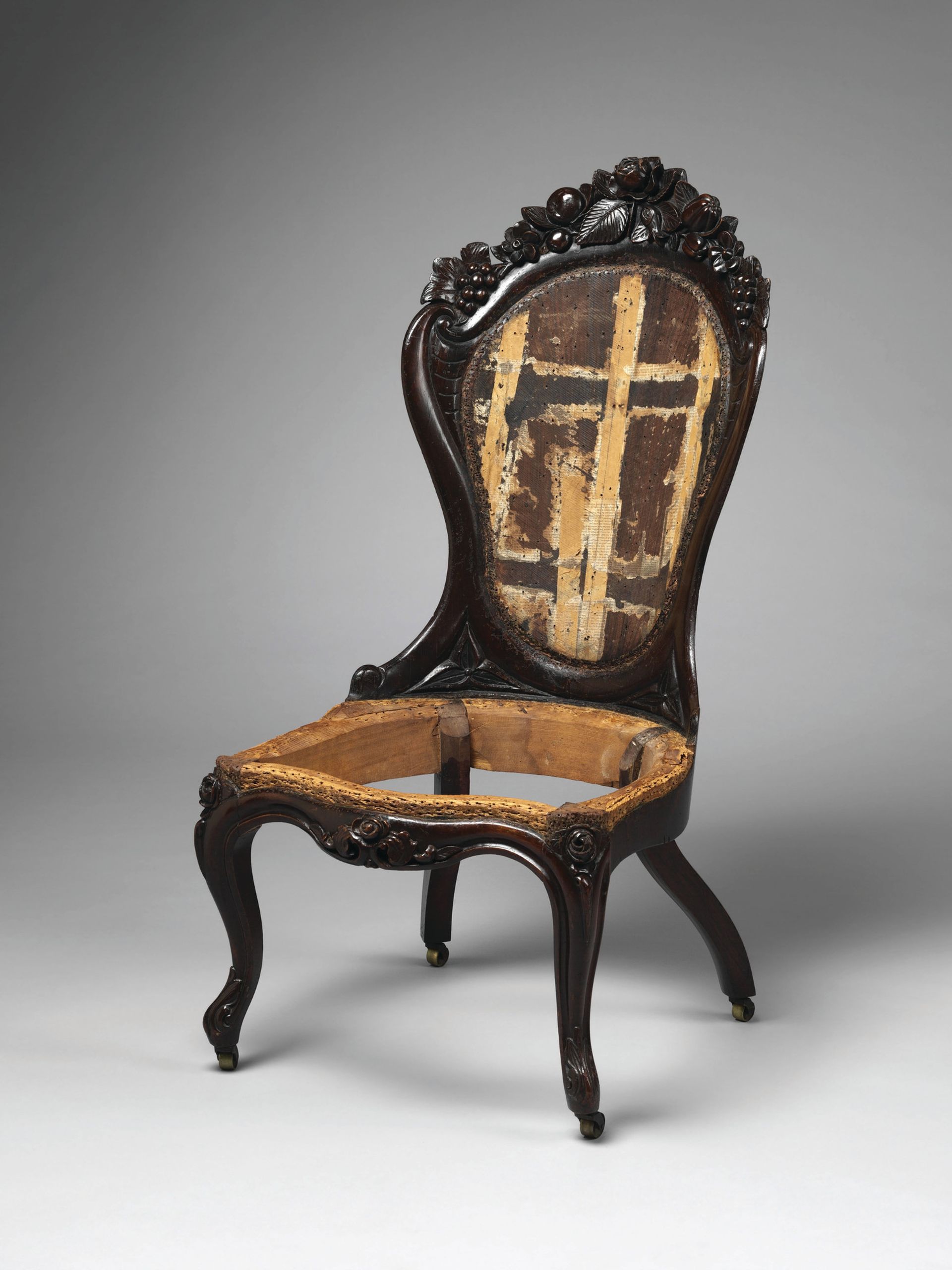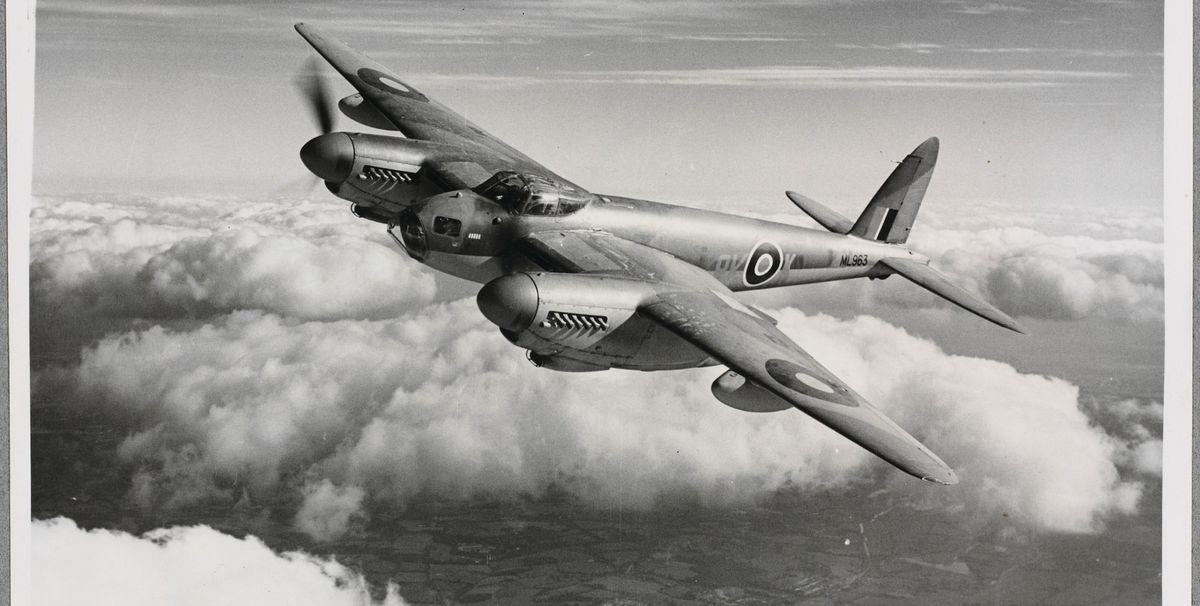It’s not every day that a drop tank from a 1942 De Havilland Mosquito aeroplane is brought into an art museum’s conservation studio, but that is precisely what conservators at London’s Victoria and Albert Museum (V&A) were confronted with in the run-up to the institution’s major exhibition on plywood—a material that is as versatile as it is ubiquitous. The show, due to open tomorrow (15 July), charts the rise of this humble material from the 1850s to today and features an eclectic group of objects including surfboards, a Charles and Ray Eames chair, a build-it-yourself WikiHouse and a Mirror dinghy.
The drop tank was among the 40 pieces conservators treated ahead of the exhibition. The paper-thin external, reserve fuel tank can be jettisoned when empty or if the pilot needs to make the aircraft lighter, so they rarely survive intact. The one in the exhibition came from the De Havilland Museum, 25 miles north of London, where it languished for years. Nigel Bamforth, a senior conservator at the V&A, says: “It came to us in a fractured state. We had to completely reassemble it.” For the exhibition, the tank will be suspended from the ceiling to show off what the show’s co-organiser Elizabeth Bisley describes as its “amazingly beautiful sculptural form”.
Bamforth’s team also cleaned and patched holes in a plywood fuselage of a Mosquito. It is made of balsa wood sandwiched between a skin made of three layers of beech wood that are no thicker than “a Weetabix box”, Bamforth says. “It’s amazing it held together and carried the weight that it did.”

Conservators also treated a dished-back chair made in New York in the 19th century by Henry James Belter, who filed three patents related to “pressed work”, a technique that involves using moulded plywood in furniture-making. Belter developed a cheap and easy technique to mould eight chair backs at a time.
Conservators cleaned the chair and removed the upholstery to reveal the frame. The V&A worked with furniture designer Donat Fatet to recreate forms from the original patent; these will be on display in the exhibition, which is sponsored by Made.com.
Although the origins of plywood—a thin wooden board consisting of at least two layers pressed together—can be traced back to antiquity, it was not until the material was mass-produced in the mid 19th century that manufacturers, designers and architects fully realised its potential. Its allure, Bisley says, lies in its low production cost and adaptability. “It’s an incredibly varied and omnipresent material [used] in Modern design,” she says, adding that it has been used by everyone from Marcel Breuer to Frank Lloyd Wright. “Most people don’t realise how many products are made from plywood. It’s sort of a hidden material.”
• Plywood: Material of the Modern World, Victoria and Albert Museum, London, 15 July-12 November


